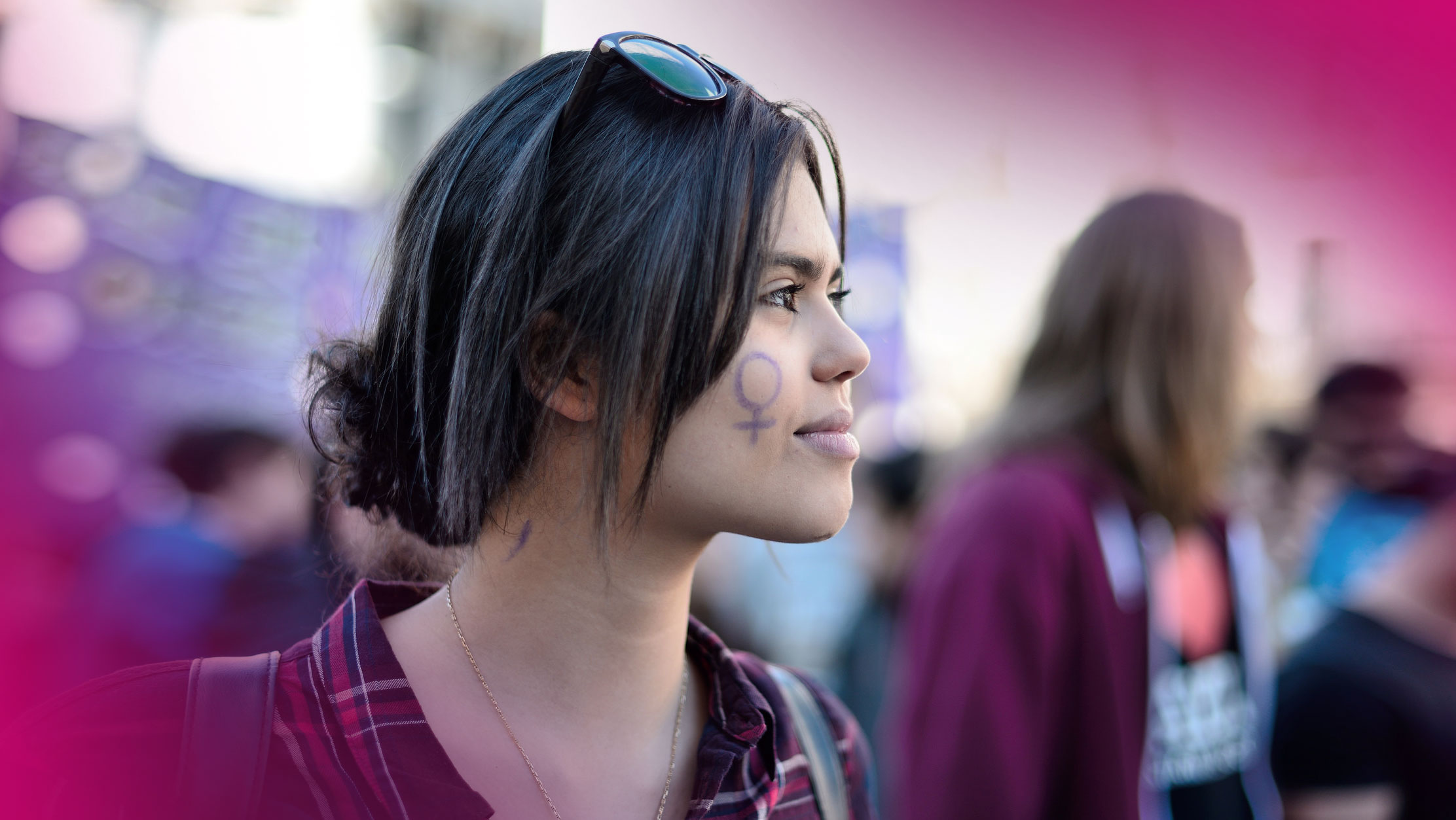There’s been a $1bn boost in support in the last two years, but only tiny pots of money are trickling down to feminist groups.
In the past two years alone, governments and international institutions have announced more than $1bn (£0.8bn) in new commitments to support gender equality globally.
These include:
- €500m (£440m) for the European Union and UN’s joint Spotlight Initiative,
- €120m by France for its feminist foreign policy and
- $114m by Norway to end sexual and gender-based violence in conflicts.
Canada has announced CAD$490m (£290m) towards three programmes: women’s leadership ($150m), the LGBTQ2 Fund ($40m), and the Equality Fund ($300m). This fund was among the nearly $600m committed to women and girls in June at the Women Deliver conference.
When the Dutch created the €77m MDG3 Fund in 2008, it was one of the first and largest of its kind ever created for gender equality. Now, it would be one of the smallest.
Celebrating carefully
We should celebrate this unprecedented scale of commitments and, especially, the feminist movements and allies who have organised for decades to bring these resources to the table. But we celebrate cautiously.
A growing body of evidence proves that feminist movements are driving gender equality, and increasingly donors agree. However, we often see governments’ bold statements fizzling into inaction and only tiny pots of money trickling down for feminists organising in the global south.
We also know that while recent government commitments might be big, they pale in comparison with spending that compounds inequality for women, girls, and LGBT people, such as increasing militarisation, growth based on natural resources, and an unjust economic system.
For example, in 2017, governments committed $4.6bn in aid for gender equality as a primary objective, but spent $1.7tn on the military. Massive wealth disparities mean that the richest 1% hold 82% of the world’s wealth – much of it accumulated on the backs of women’s labour, both paid and unpaid.
The new influx of funding has the potential to shift the needle on gender injustice. But only if the money supports feminist solutions to the root causes of gender inequality. To do this, donors must transform their power, politics and practices to centre feminist movements driving change on local, national and global levels.
Here’s how this can be done.
Firstly, money must be moved directly to feminist movements in the global south.
With the new government commitments, one might think that movements’ coffers are growing. But they’re not. The latest figures from 2016-2017 show that a meagre 1% of all gender-focused aid went to women’s organisations. The bulk of this money went to international organisations based in the donor countries, rather than feminist groups leading their own, context-specific solutions.
Secondly, working with movements requires a transformational approach, not a transactional one.
We hear time and time again that donors want to support movements, but that those movements don’t fit their bureaucratic requirements: their budgets are too small, finances unaudited, or their evaluation systems are underdeveloped.
What local feminist movements need are resources that are big, agile, cross-issue and long-term. It means that some of the donors’ long-established funding models need to change, but it is not impossible.
If you can’t reach feminist movements with your money, adopt new funding models and feminist funding practices. Leading from the South, for instance, is a €40m funding model led by women’s funds in Asia, Africa and South America, created by the Dutch government in response to the advocacy by movements after their flagship Funding Leadership and Opportunities for Women programme failed to reach women’s rights groups.
Thirdly, donors must use their power to transform their own politics, peers and sectors.
Funding is not a single charitable gesture detached from the world outside.
To effect change, donors need to not only invest ambitiously in movements, but to critically reflect on their policies and practices.
Commitments are great, but now it is time for action.
Donors must engage feminist movements as equal partners, work to transform their own institutions, and campaign to build an interdependent and coherent feminist funding ecosystem that unlocks resources for human rights and gender justice.
This is not only the way to better spend $1bn, it’s the way to unlock the power of well-resourced and resilient feminist social change.
